100 Years of Food Trends at Better Homes & Gardens
Take a look back at how our Test Kitchen kept the dining table relevant with the ever-changing food scene through the years.
Throughout the past 100 years of Better Homes & Gardens, the magazine has always featured recipes and food trends as an integral part of each issue. What has changed throughout the years is what goes on the dinner table. Main-dish proteins, grains, vegetables, and fruits remain common ingredients. But as new products enter the marketplace, the country experiences change and develops a deeper cultural understanding of influences from around the world, our plates (and palates) change.
Countless food trends have swept the nation since BHG launched in 1922. There are a lot of dishes and ingredients that have stood the test of time and are still popular today. For example, cooking inexpensive meals with readily available or canned foods is as essential to today's home kitchens as it was 100 years ago. Other trends, such as the aspic days where every course was encased in gelatin, might be better left in the '50s.
So how does BHG manage to keep the dining table exciting with relevant recipes? There are two ways, actually: our readers and Test Kitchen. Let's reminisce on the recipes and foods from the past 100 years at BHG to see which brings you the most nostalgia.
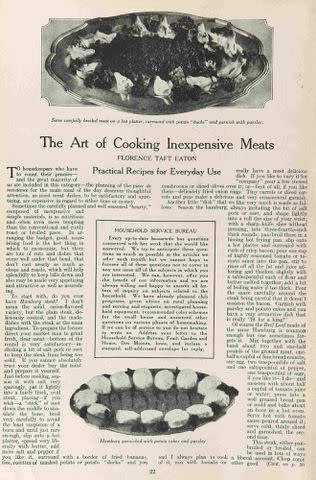
The 1920s: Cutting the Meat Bill
No matter where the recipe idea originated, we've always followed the practice of making sure the recipe works. The first in-house Test Kitchen wasn't introduced until 1928. Before that, BHG editor (then known as Fruit, Garden & Home until April 1924) Genevieve Callahan tested the recipes from her home. In the '20s, you'd find expert tips on how to stretch your food budget without sacrificing flavor or nutritional value. Inexpensive cuts of meats, such as round steak, were the center of many main-dish dinners.
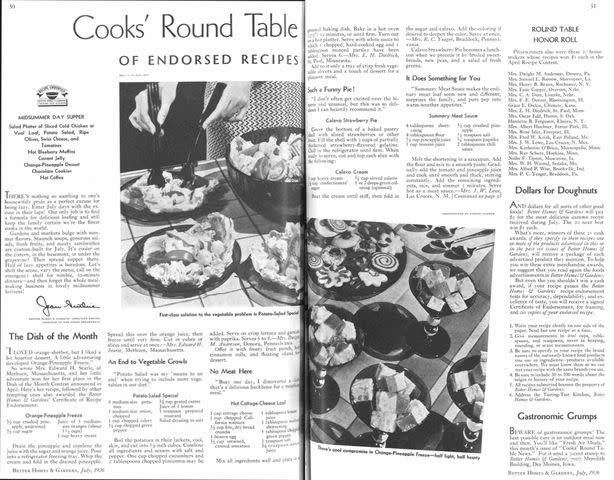
The 1930s: The Rise of Salads
BHG launched its recipe endorsement program in 1933 which became known as the Prize Tested Recipes contest. Reader-submitted recipes were tested in the Test Kitchen. The winning recipes won $1, a Certificate of Recipe Endorsement, and a nod in the magazine. These pages from a July 1936 issue include a winning orange-pineapple freeze, potato salad, and a cottage cheese loaf. Refrigerators and frozen vegetables were now in most residential homes, so it made sense to highlight affordable eats that could be chilled for longer storage—especially during the hot summer months.
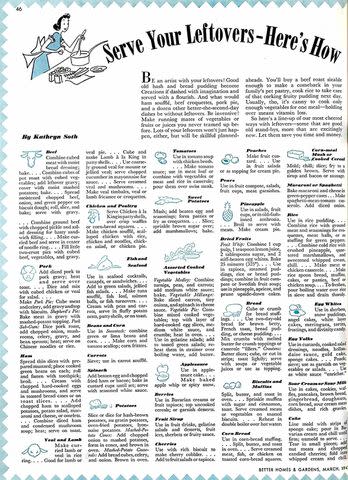
The 1940s: Preserving the Family Meal
Home gardens began to sprout all over the country to help with war-rationing efforts. The magazine made it a mission to endorse recipes for pickling, preserving, and canning. In a trend that still holds true today, readers were encouraged to be "artists with their leftovers" by giving new ideas for meat, cooked vegetables, bread, pasta, and more. The famous BHG hamburger pie was first published in 1940 and is still a staple recipe that utilizes leftover mashed potatoes and veggies.
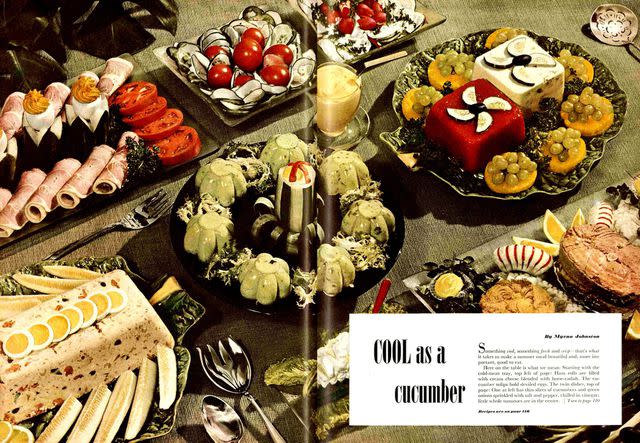
The 1950s: Gelatin Love
Ah, the '50s. A lot happened in this decade. Televisions were now in the majority of American households, so the "tray dinner" officially came to life. This was huge, but aspic is perhaps the most iconic retro food trend of the decade. The savory gelatinous dish housed meat, seafood, and hard-cooked eggs in intricate designs and molded shapes. If you were hosting a fancy dinner party, you can bet an aspic would be a part of it.
Watch: Chef Transforms Retro Gelatin Salad Into a Modern-Day Poached Tuna Salad
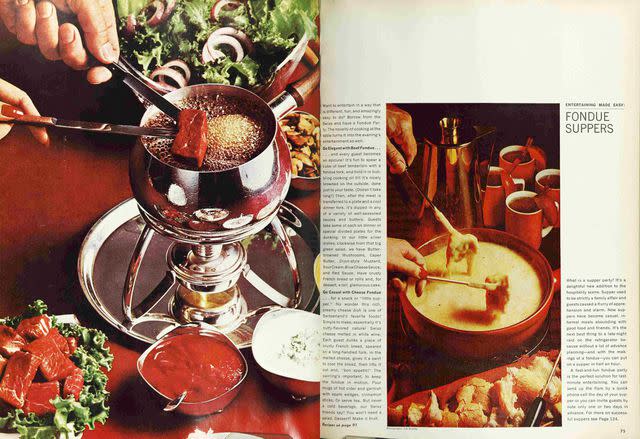
The 1960s: Fondue Time
Meat jelly was still alive and well by the time the '60s arrived, but there was another competitor for the top food trend: the humble fondue pot. This BHG entertaining article from 1965 explains how "a fast-and-fun fondue party is a perfect solution for last-minute entertaining." The options for fondue varied, you could go with beef fondue by cooking beef tenderloin in a savory broth. Or you could go with a classic Swiss fondue. Fun fact: According to the magazine's Swiss friends, you hosted a fondue party with hot cider or tea, but never a cold beverage.
:Try Some of Our Favorite Fondue Recipes
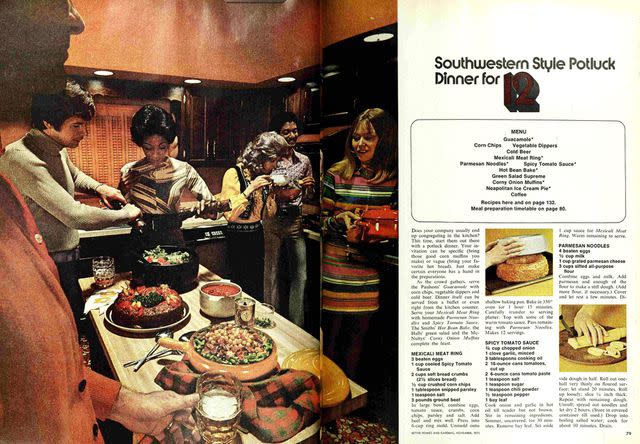
The 1970s: Good Food, Good Company
Food costs were soaring and a recession hit home, so the act of just "getting together" was more meaningful than hosting a lavish party. The solution? Potluck-style dinners. To host a potluck, everyone brings a dish to complete the menu. Other ideas included a no-cook dinner that only involved a trip to the delicatessen, or bringing the party to the kitchen so everyone pitched in on the cooking.
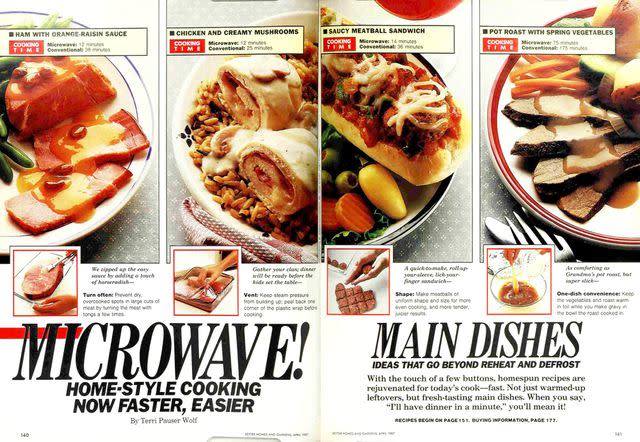
The 1980s: Cooking in a Hurry
Practicality and efficiency were a big part of dinnertime cooking in the '80s. While microwave cooking came into the picture in the '70s, consumers didn't widely adopt it until later. By the mid-1980s, the appliance became a staple for home cooking. Our Test Kitchen worked with a major microwave manufacturer to develop recipes for the magazine and even released microwave cookbooks. This allowed readers to feel good about creating fast, affordable meals using the small kitchen appliance.
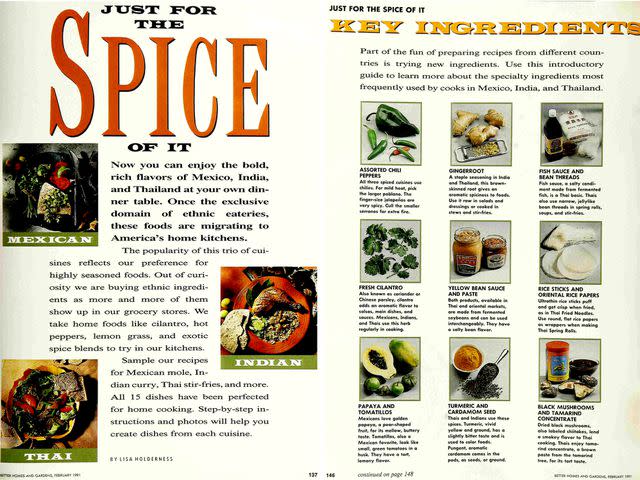
The 1990s: Global Feast
Bringing flavors of the world to the table wasn't new, but by the time the '90s rolled around, a lot more ingredients were added to the table. The Test Kitchen worked to bring cuisines from India, Mexico, Thailand, and more to the magazine. This spread from 1991 gave readers a look at how to find the ingredients needed to make popular dishes including fish sauce, chili peppers, and curry paste.
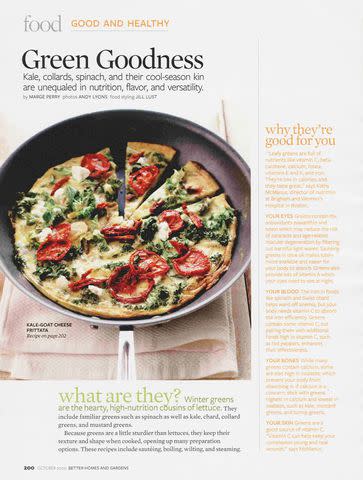
The 2000s: A Green Plate
In the 2000s, the idea of being veggie-friendly went to the next level. A lot of meat-eaters decided to go vegetarian or at least add more plant-based ingredients to their dishes. The BHG Test Kitchen lived up to the task by making more trendy ingredients such as leafy green vegetables (hello, kale era!) the star of the plate rather than a meaty protein.
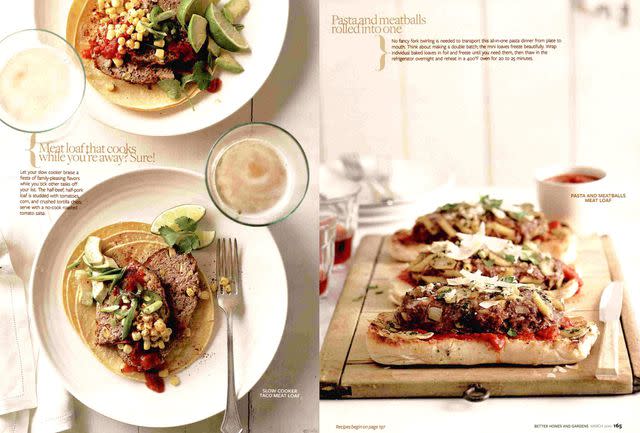
The 2010s: Classics with a Twist
The continuously busy lives of the American family left little time for sitting down at the dinner table together. Despite being short on time, home cooks craved comfort foods like Grandma used to make. The BHG Test Kitchen reinvented classic dishes into quick, weeknight-friendly dinners. The Test Kitchen also worked to update classic dishes such as pot roast into meatless variations or lighten up a recipe with healthier ingredients.
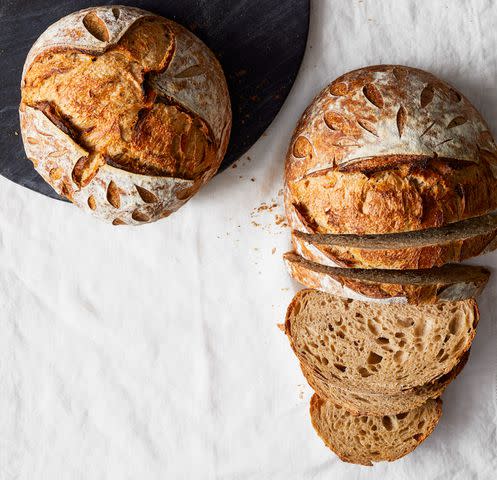
:Try Making Homemade Sourdough Bread
The 2020s: Back to Basics
We're only a couple of years into this decade, but there are already dining trends that look like they're here to stay. Since we started 2020 with a pandemic, many readers spent more time in their home kitchens than ever before. Less dining out led to learning basics such as making bread from scratch. Rising grocery costs also led to budgeting and meal planning to get the most out of every ingredient purchased.
Of course, we're still celebrating our 100th birthday with some decadent cake recipes courtesy of celebrity chefs.

